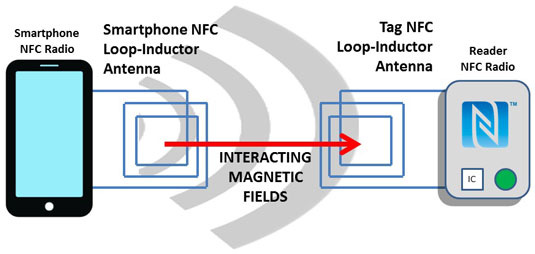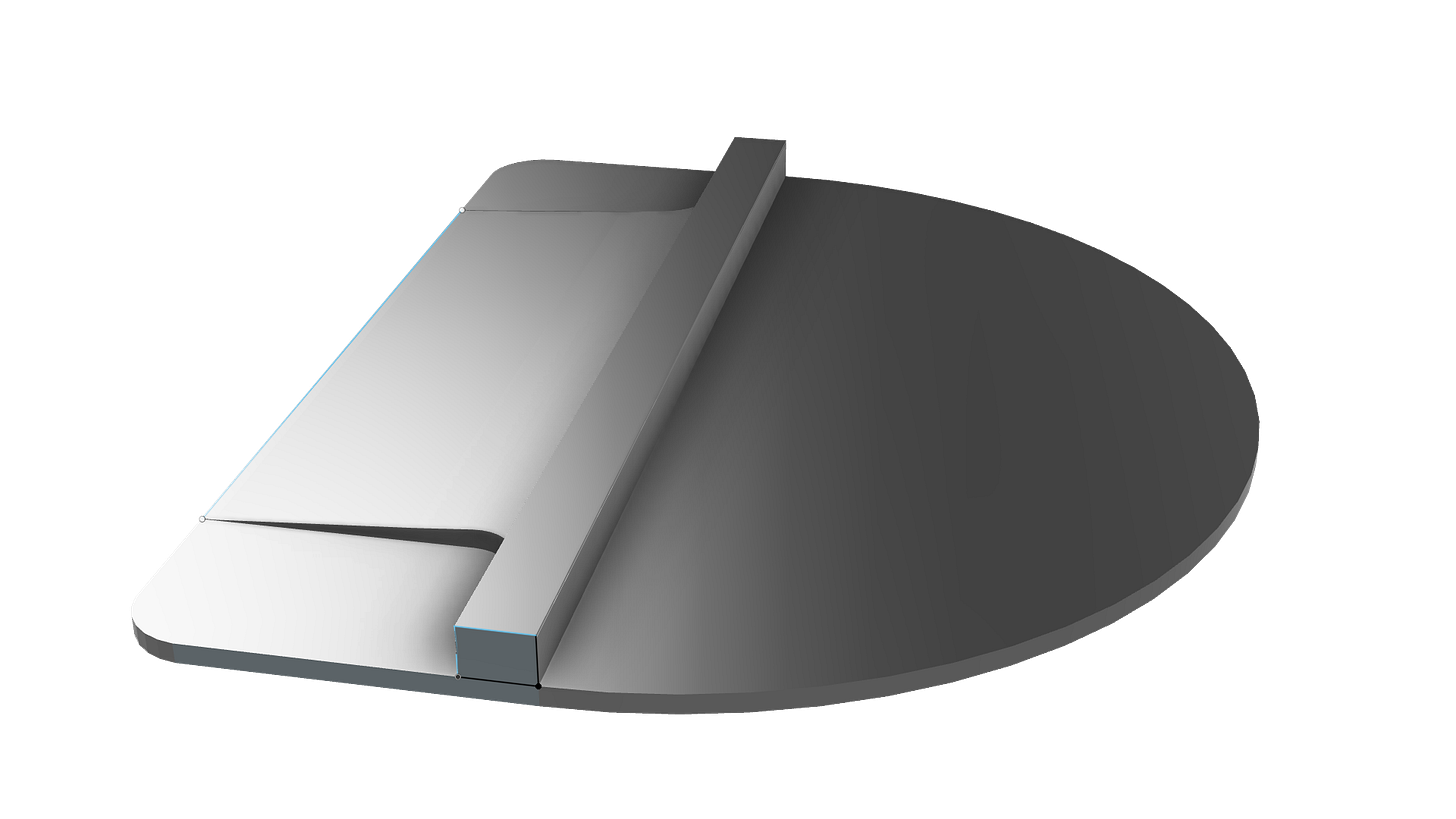Ejaad-Nama 0x07: 3d print fails, freebies and NFC powered e-ink displays
Ejaad-Nama (Urdu: Letters of Invention). A fortnight newsletter about Science, Electronics, Makers, DIY, and everything technical. We talk about lemons, acid batteries, and anything in between.
If you have not subscribed yet, here is your chance. Add your email and click the subscribe button. (The email may end up in your Promotion or Update tab. If you see that happening, take appropriate action).
—————————————————————————
New Parts
Recently, I came across a new e-ink display that integrates NFC technology. This means the e-ink display does not require a battery or any external power to update the display and can be done using Near Field Communication. Here is an example from waveshare official product link:

In the basics: NFC is the same technology that you use sometimes to pay in a shop using Google pay. The principals of NFC come from Faraday’s law of induction which states how an electric current produces magnetism and changing the magnetic field produces an electric current. Usually, an NFC smartphone has a loop antenna. By activating it (passing current) a magnetic field is induced in the antenna. When there is another antenna close by, the interacting magnetic field will induce currents to be used by the NFC readers.

Microcontrollers and e-paper displays usually consume very low power and it seems waveshare have figured out that power harvested from NFC seems to be enough to update the display.
This goes great with the e-ink display that I shared in my last edition. It makes my desk easier to search for anyone looking for me. I could use it to update if I am off-work, on-vacation, or put up important information that needs to stay there for a longer time. It has so far worked great as an ice-breaker too for anyone visiting me. But it could become more useful too.

Unfortunately, for NFC powered displays, waveshare does not share schematics or sell just the driver circuitry for me to use my current display. That means I had to buy another display with NFC enabled. It will take some time until it reaches me. If you guys have creative ideas on how I can use my extra e-ink display, shoot me a message.
3d Printing Fail
One of my friend tasked me with designing a phone mount that uses the CD-player slot of his car to hold the phone. He wanted the freedom to adjust the viewing angle of the phone so that it’s more comfortable to look at while driving. Here is a render of what I came up with:

Its pretty simple: Left side goes into the CD player slot. The slant provides a way for any mechanical clearings. The disc outside allows a full-range of attaching your favorite phone mounts at any angle you want. Here is how it looked like in my car:

I designed everything on Fusion360 which is my default choice for 3d designs and 3d printed using Polylactic Acid (PLA) polymer which is bio-massed and bio-degradable. Although PLA is easier and cheaper to print, the biggest problem is its thermal properties. Polymers have a property called the glass transition temperature: this is the temperature below which the plastic remains rigid like a glass but on the higher side of this temperature they become more flexible like a rubber. This is the state where it is not melting like a liquid. For PLA, this temperature is about 65 degrees Celsius.
I left my car parked outside on the street leaving the 3d print under the sun the next day. The day was sunny and warm at 26 degrees. This is what it did to my 3d print in under 24 hours:

You might have seen deformation happening with your audio cassettes in the car left on the dashboard under the sun in your childhood. Now you at least know why. The fix to this is going to be to print the same design with PETG which is another thermoplastic offering higher glass transition point of 80 degrees. You will have to wait for the results until the next issue.
Freebies by Aqeel ⚒ Arshad
Google has released Raspberry-Pi zero-based vision and Audio kits for the Makers. The vision kit includes a camera, buzzer, push-button, and an LED. The Audio kit includes a microphone, speaker, and a push-button. Both kits allow one to develop projects based on AI.
Recently, I stumbled upon an on-line contest by Electromaker magazine, in which they were giving away 50 free kits for idea submission and prizes for completion of the submitted ideas.
Finding parking that is close to my house on the street is a daunting task to where I live. Since my apartment is on the 4th floor with a clear view of the empty street from the window. The camera is gonna take images and analyze them for empty parking spaces, whereas the audio kit can then notify me to move my car to the empty spot. So whenever someone on the street leaves, I will park my car in that spot. *insert evil smile here*

—————————————————————————
If you would like to send in your projects and hacks to be part of the newsletter, please do comment below, or email me: a.nadeem89@gmail.com. Leave your feedback in the comments about the content. and subscribe here, and share the newsletter with your friend.
Read the previous editions here:
https://ejaadnama.substack.com/
don’t forget to subscribe:
or share it with your friends. :)

